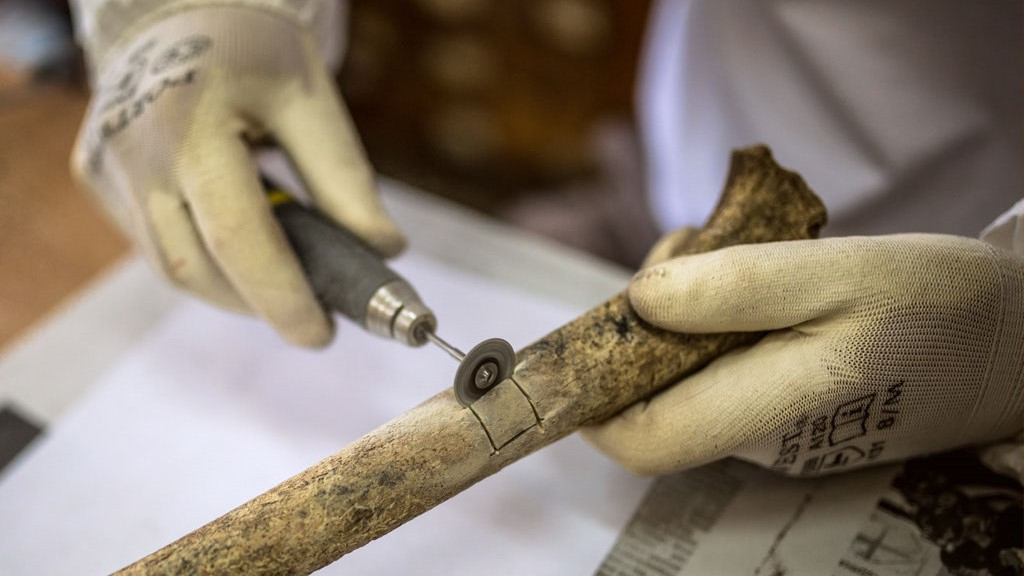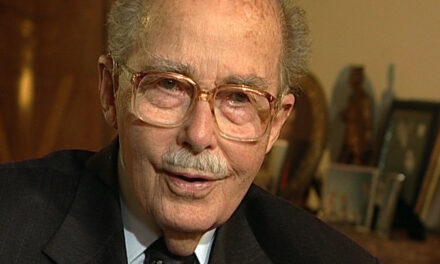The occupying Hungarians and their eastern predecessors also formed an extremely mixed group - we know from the latest exciting research. Interview with the authors of the new Hungarian prehistory study.
The latest results of Hungarian prehistory-related research carried out at the Archaeogenomics Institute of the ELKH Humanities Research Center were published in the scientific journal Human Molecular Genetics of the Oxford University Press.
and the results are valued by the profession as another milestone.
The project dealing with the population history of the early Hungarians was realized within the framework of Hungarian-Russian-Ukrainian scientific cooperation, and archaeologists, anthropologists and geneticists from a total of 18 institutes and universities took part in it. We asked geneticist Bea Szeifert, scientific associate at the Archaeogenomics Institute of the ELKH Humanities Research Center, and archaeologist Attila Türk, head of the Department of Hungarian Prehistory and Conquest Era Archeology at Pázmány Péter Catholic University, about the milestone.
***
The Hungarian Research Institute recently reported serious results on the genetic overlap of the Scythians, Huns, Avars and conquerors, where, as far as I know, archaic samples were also compared with modern samples. Against this approach, you compared archaic samples with archaic samples. What is the difference between the two? Do both have a right to exist?
Bea Szeifert: In archaeogenetics, we try to use all available, relevant genetic data, whether it comes from people or groups living today or in the past. Both make sense, but when asking questions and interpreting the answers we receive, we must not lose sight of the specifics of our dataset.
It is problematic to compare archaic age samples only with modern ones, especially to draw conclusions from them,
since the results obtained may distort the reality due to the significant time difference between the group that was to be investigated, for example a group that lived 1,500 years ago, and the people of today. In the given example, the events of the 1,500 years between the two groups must also be taken into account. We must also keep in mind when evaluating that
biological ancestor and historical ancestor are not the same concepts.
Just like us, the staff of the Hungarian Research Institute also used archaic age samples in their analyses, only they did not include such samples when modeling some groups.
How and to what extent did you manage to "capture" friend Julianus' "eastern" Hungarians? What proves their existence?
Bea Szeifert: In addition to cemeteries that show an extraordinary similarity with the archaeological finds of the Carpathian Basin, we managed to collect human bone samples from sites that, based on historical and archaeological data, could be assumed to have been used by the population found by friend Julianus (archaeological culture of Csijalik). The basis for the latter investigation was provided by the assumptions of the archaeologists from Tatarstan and Bashkiria, i.e. local experts, who already in the 1980s raised the importance of these cemeteries from the point of view of Hungarianness.
As a result of the medieval Islamization that took place there, graves with poor appendages are found at the sites of the Cijalik civilization, on the basis of which it is not possible to determine archaeologically who could have used these cemeteries. We hoped that archaeogenetics would help us get an answer to this. Based on the material findings and our previous investigation results, analyzing the population of the cemeteries clearly connected to the Hungarians (Bolsije Tyigani, Ujelgi) and the cemeteries of the Čijalik culture with genetic methods, there is a clear maternal branch
we found close connections, which confirmed the theory that these cemeteries are at least partly the resting places of the Hungarians who remained in the east.
The maternal lines of some members of the population of the Bolsije Tyigani cemetery and some representatives of the Cijalik culture are completely identical, which may indicate a close, direct relationship. Similarities of this nature were also shown when comparing the occupiers buried in the Carpathian Basin. Based on the archaeogenetic results, the time of separation can also be estimated.
The full conversation HERE !
Photo: Mátyás Szöllősi












